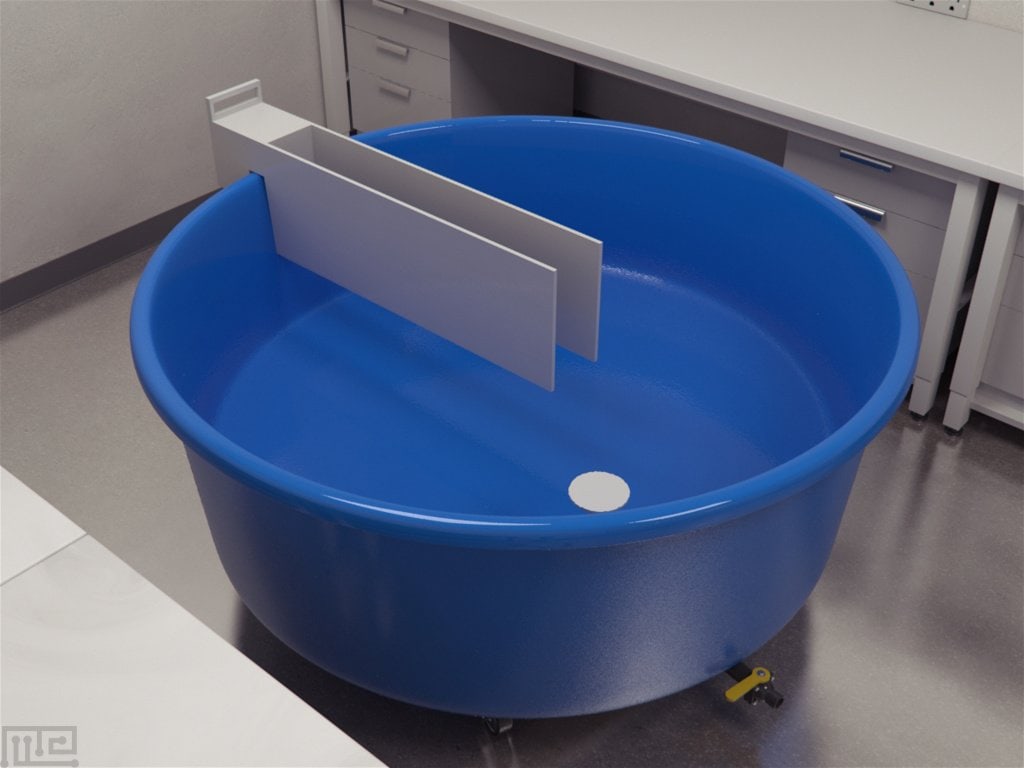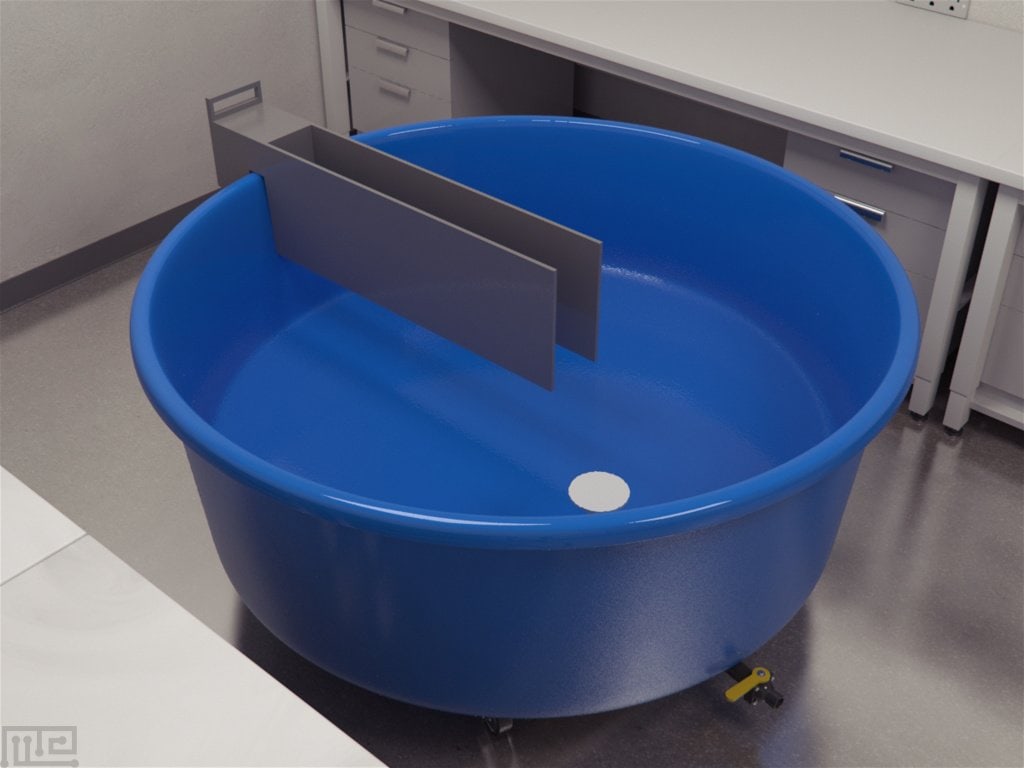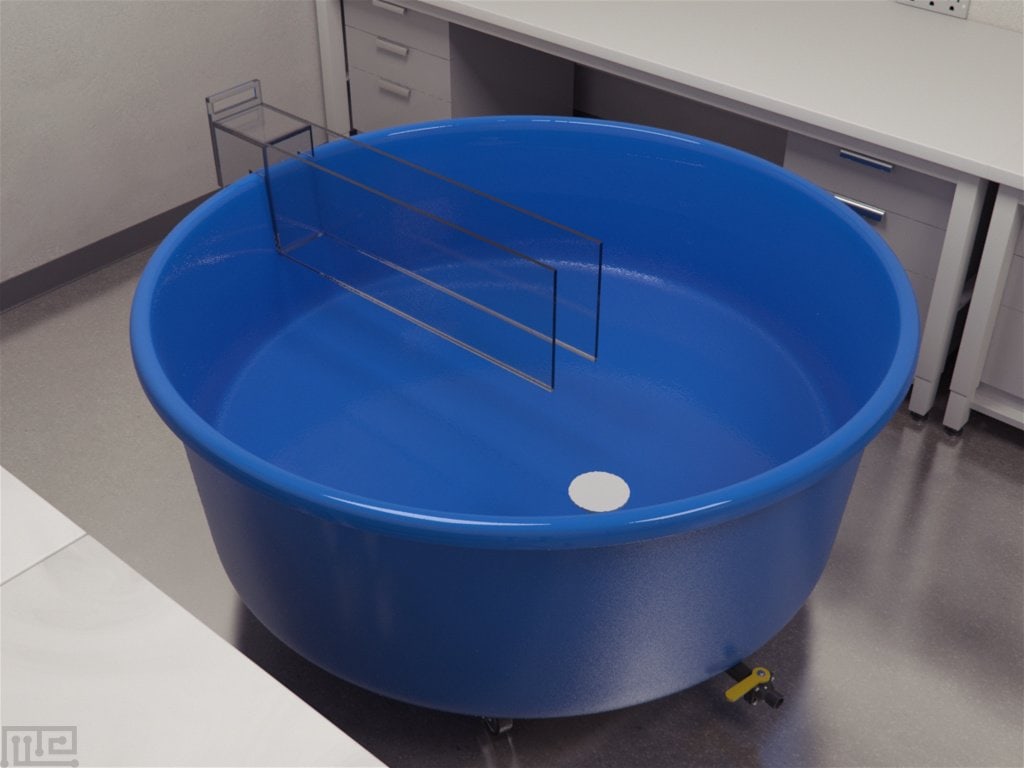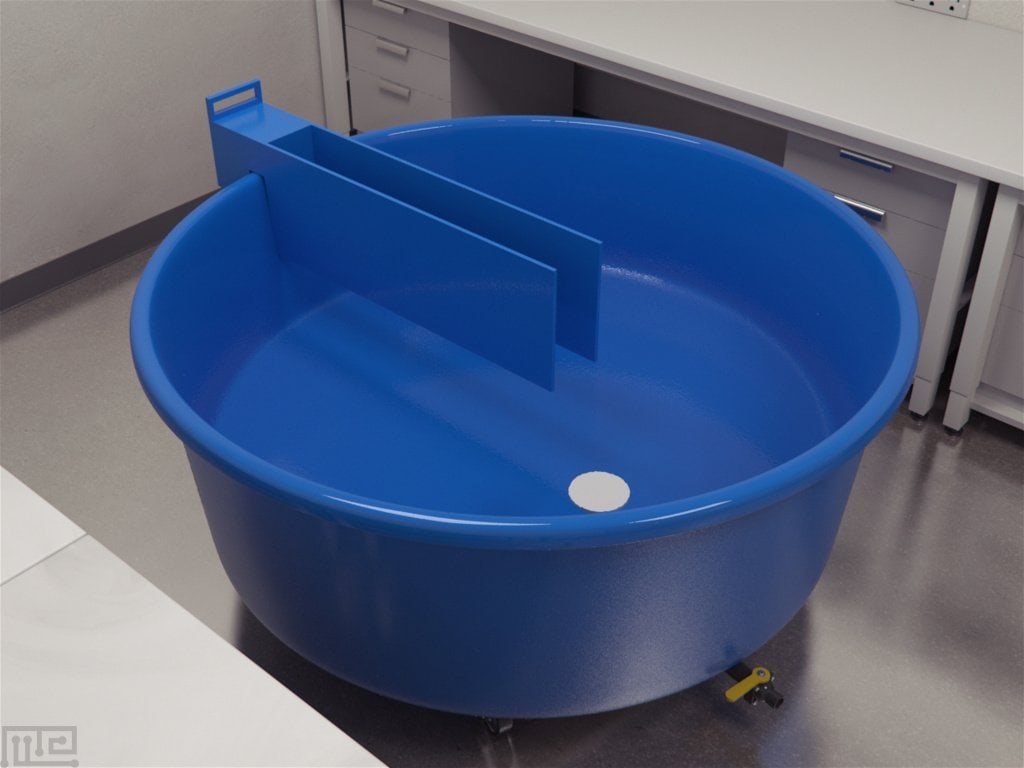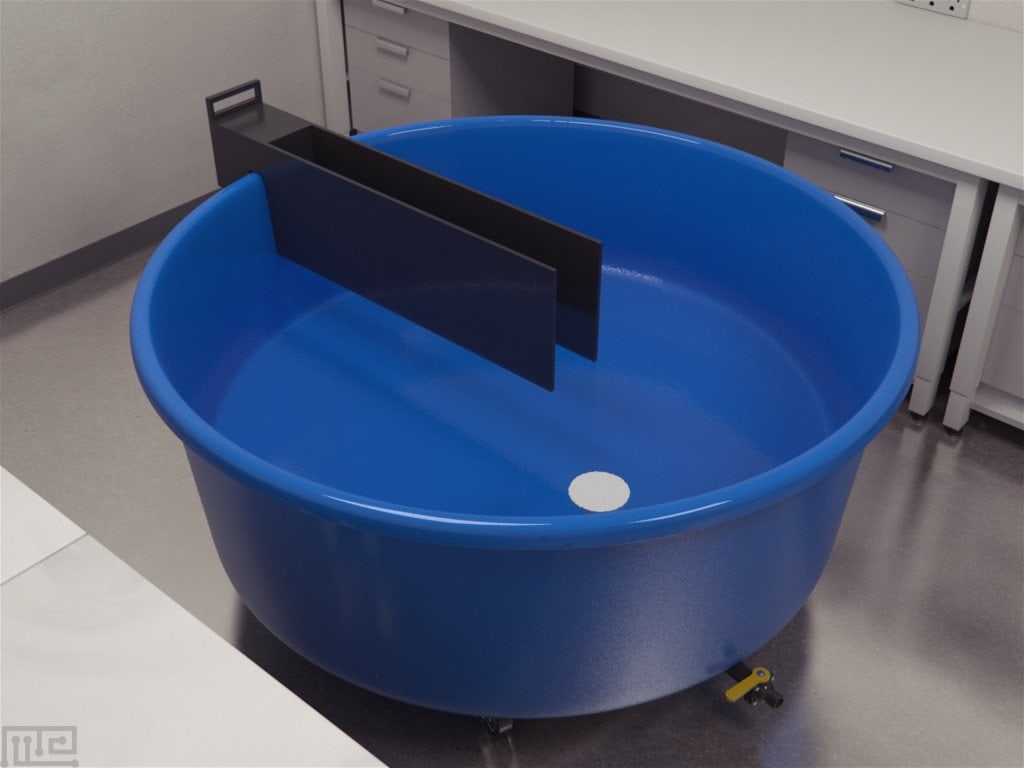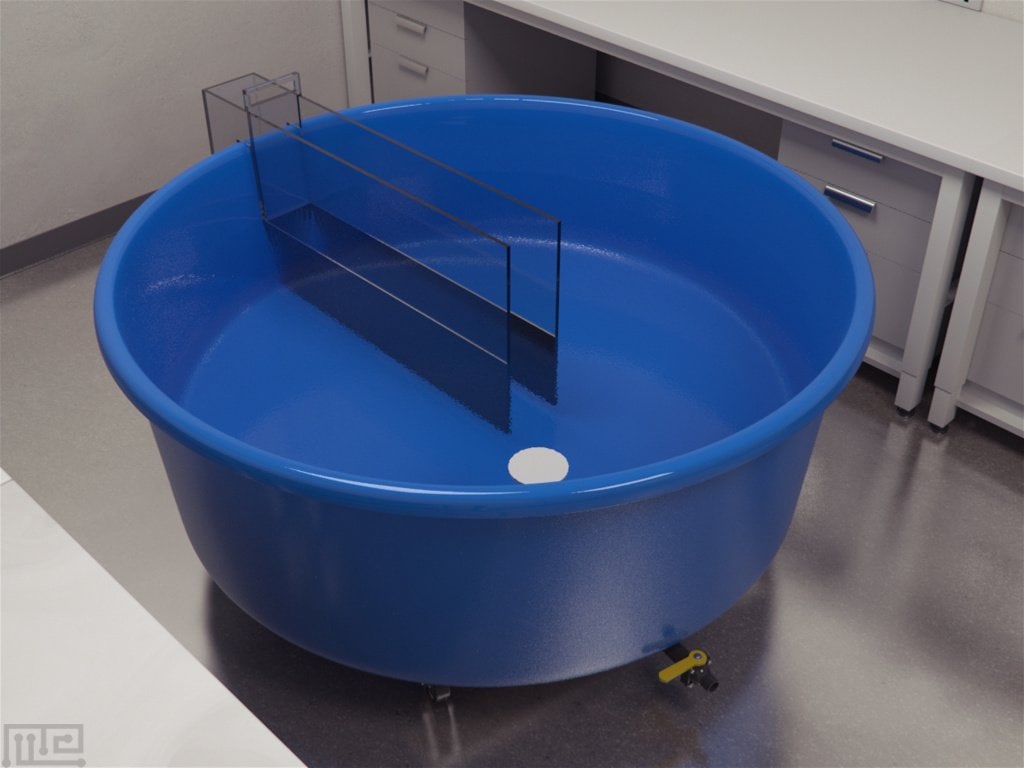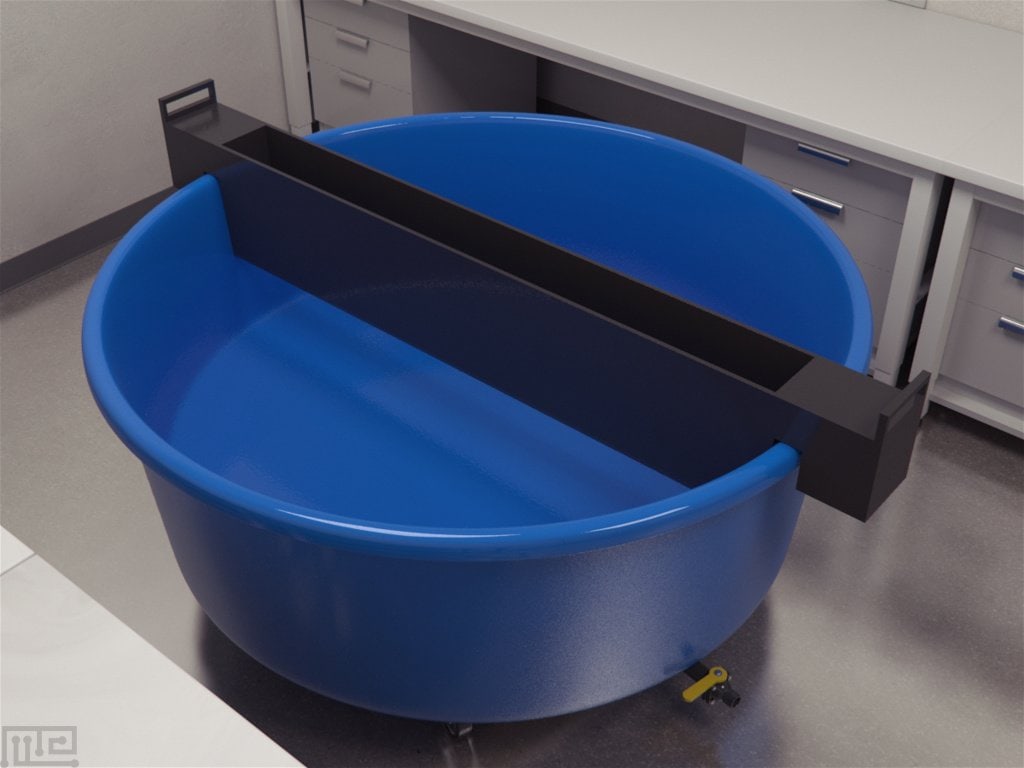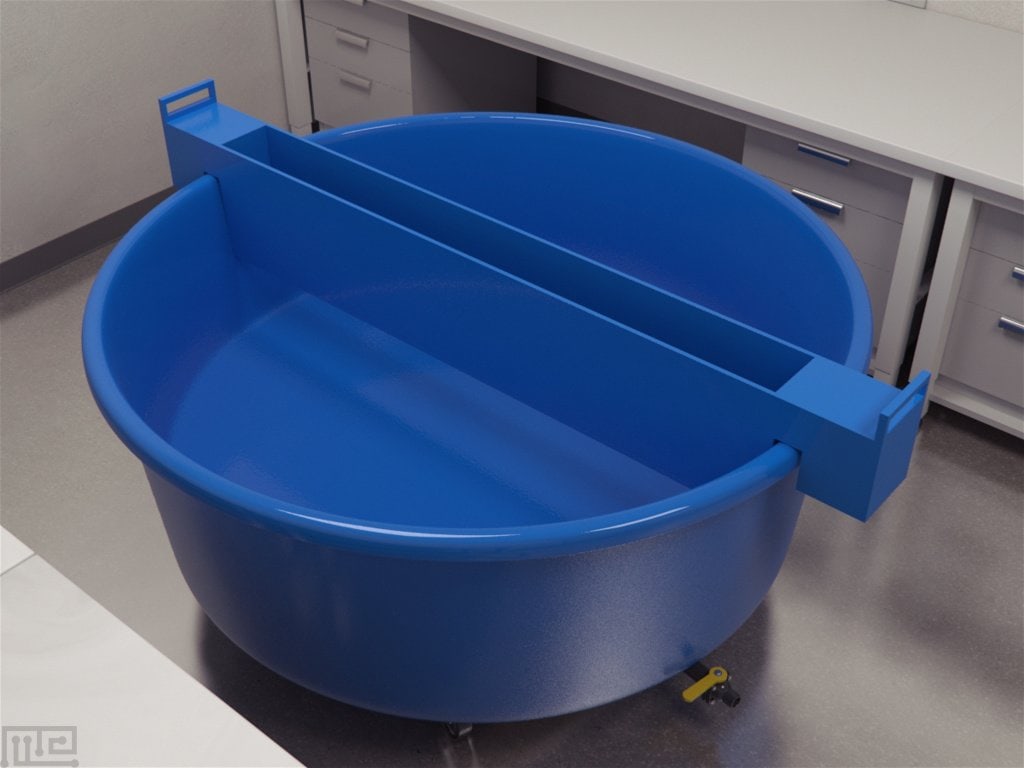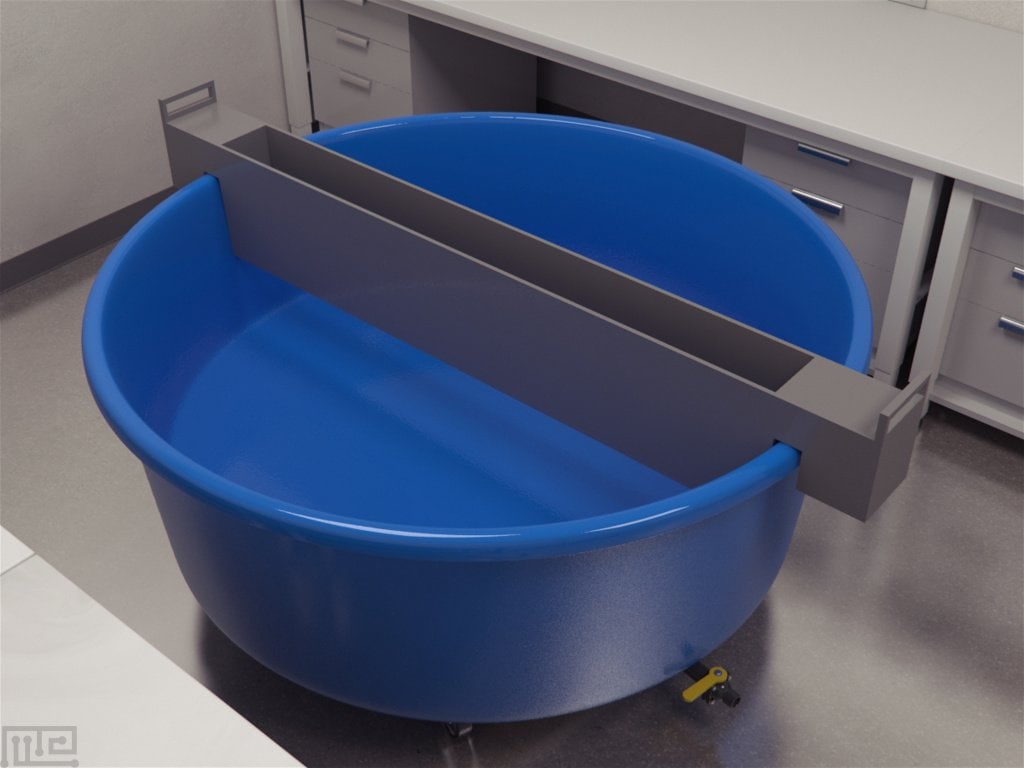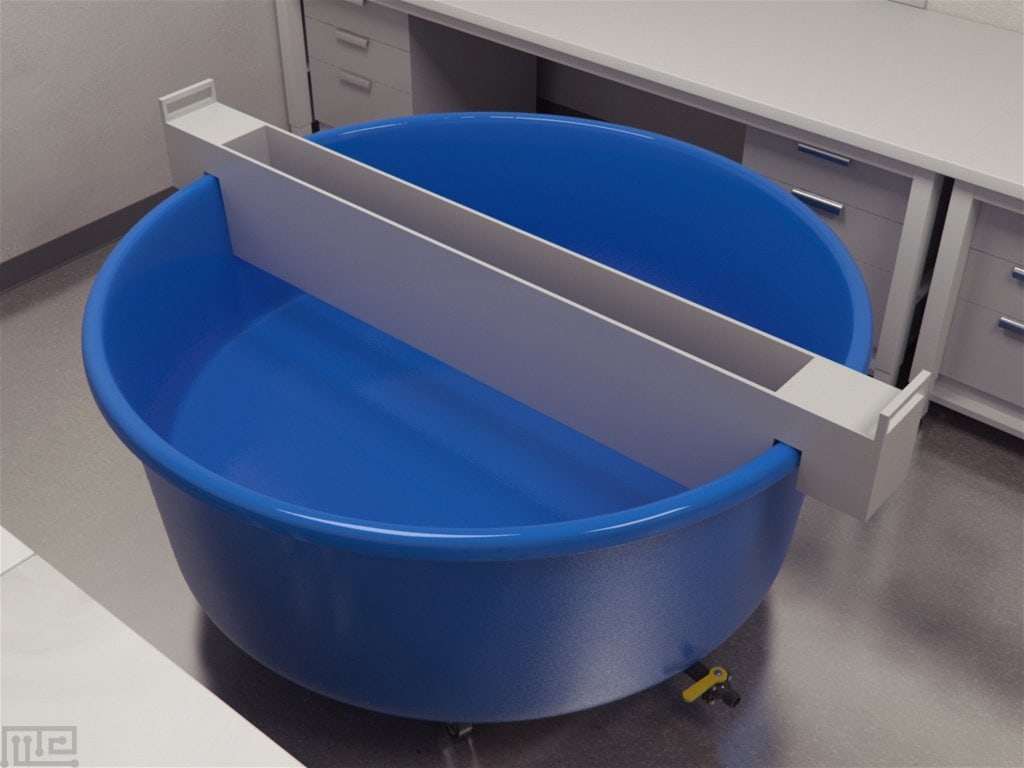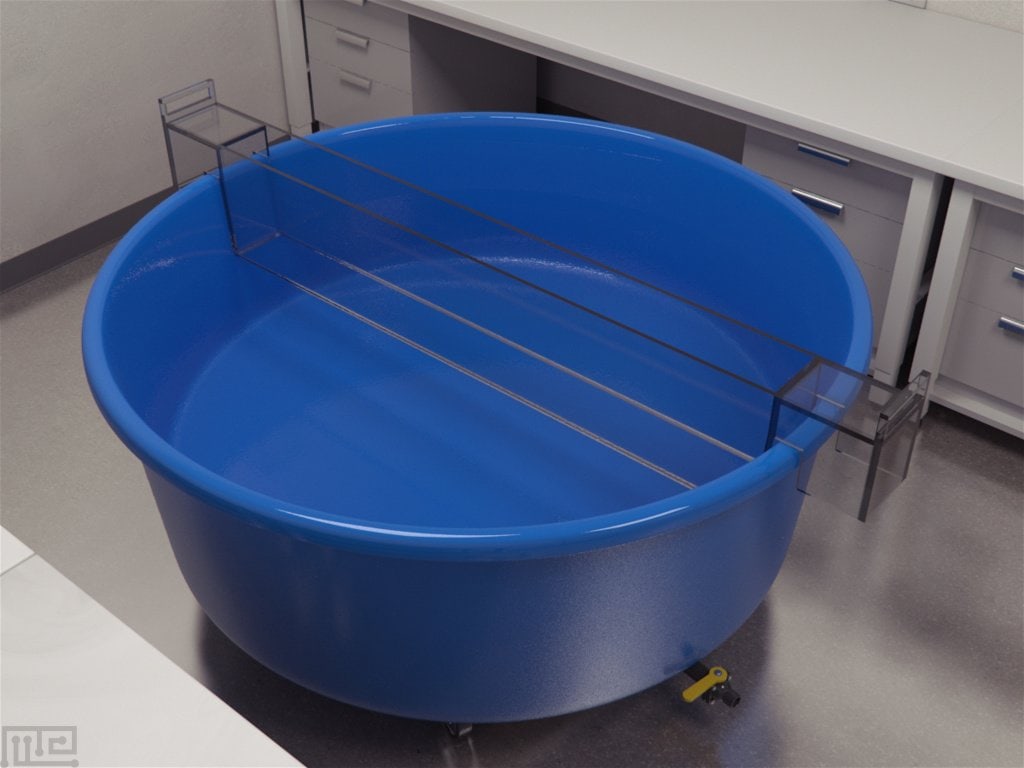Description
The MazeEngineers Straight Swim Channel assists in training mice and rats. No spatial discrimination is required when rodents use the channel as the channel is designed to only allow straight swimming to the designated target. The escape platform is usually placed in a raised position at the end of the alley.
Version 1: Full Length
Version 2: Half Length
100cm long, 15cm width, Height 26cm
Full height options are also available. Please inquire for more details.
Price & Dimensions
Full Length Channel
4 Feet Tub
$ 1580
For Modification- Full length to fit
- Fits MazeEngineers Platform
5 Feet Tub
$ 1790
For Modification- Full length to fit
- Fits MazeEngineers Platform
6 Feet Tub
$ 1980
For Modification- Full length to fit
- Fits MazeEngineers Platform
Half Length Channel
4 Feet Tub
$ 790
For Modification- Half length to fit
- Fits MazeEngineers Platform
5 Feet Tub
$ 890
For Modification- Half length to fit
- Fits MazeEngineers Platform
6 Feet Tub
$ 990
For Modification- Half length to fit
- Fits MazeEngineers Platform
[fc id=’108′ type=’popup’ button_color=’#27ccc0′ font_color=’white’]Request this Accessory[/fc]
Are you an academic scientist and creator?
Learn how your lab can tech transfer this and similar devices from your lab to industry.
Documentation
Introduction
One of the most frequently used tests in behavioral neuroscience, the Morris water maze and its many variations have provided a significant hand in contemporary developments in the field of neuroscience. A significant addition to the traditional water maze procedure is the usage of the straight swim channel.
The straight swim channel conveniently facilitates the training of rodents prior to the experiment proper, allowing them to learn the basic procedure of swimming in the water and climbing onto the escape platform (Markowska et al., 1993). Aside from the shaping and facilitation of training, the usage of the straight swim channel provides an assessment of swimming speed, which is imperative in determining equivalent motor ability across groups and can tell the researcher of any underlying motor deficits (Vorhees & Williams, 2006). No spatial discrimination is required at this stage of the procedure. The MWM straight swim channel serves to acclimate rodents to swimming and to allow them to acknowledge the hidden platform as their manner of escape.
Apparatus and Equipment
The MWM straight swim channel set-up consists of a tub that is 4, 5, or 6 feet in depth to be filled with opaque water, and a straight swim channel of either full- or half-length in diameter to be fitted accordingly. The straight swim channel is designed to provide the rodents with the quickest path towards the escape platform that is to be placed at the end of the alley (either in the middle or at the edge of the tub, depending on the length of swim channel), usually submerged about a centimeter below the surface of the water. The apparatus, standardized at 100 cm in length, 15 cm in width, and 26 cm in height, is fixed onto the rim of the tub through its fitted ends.
The straight swim channel, used for measurement of swimming ability and pretraining is acrylic in nature. It is important to note that in past research (Markowska et al., 1993), curtains were placed around the tub during the prior straight swim procedure in order to eliminate visual cues that were to be used for subsequent spatial discrimination.
Training Protocol
Pre-training
The straight swim channel can be used for many research endeavors in behavioral neuroscience. The tool may be used in general MWM procedures for acclimatization of subjects to the basics of the task (swimming and escaping via the raised platform). Animal handling incorporates stress in the rodents, and they usually start swimming along the edges of the tub struggling to locate the escape platform. Pre-training can consume considerable time if the animals are trained without the use of straight swim channel. The straight swim channel may also be utilized in the evaluation of swimming ability through swimming speed.
Shaping and Evaluation of Swimming Ability
At the start of the experiment, the subject is placed on the starting platform, located at one end of the alleyway. The starting point may be one of four possible quadrants of the tub. The timer shall start once the subject is placed in the water, and shall commence once the subject reaches the escape platform at the other end. The primary objective of the pre-test is to shape the behavior of the subject towards proper protocol in preparation of subsequent MWM trials (in which the straight swim channel shall no longer be used) and to provide an adequate measure of swimming ability and motivation to escape the water (Vorhees & Williams, 2006).
Prior measurement is important in determining the motoric and motivational equivalence across groups and ensures reliable interpretation of subsequent MWM results. The straight swim channel also minimizes the impact of extraneous variables on results and data interpretation.
Sample Data
Straight Swim Trials
The sample data is represented by plotting the mean swim time of rodents across lesioned and non-lesioned rodents. As can be seen from the graph, swim time considerably decreases for both groups with each succeeding trial, as the rodent masters the routine of swimming towards the end of the alleyway safely onto the escape platform. In ensuring experiment validity, it can be observed that there is no significant difference in swimming ability between groups.
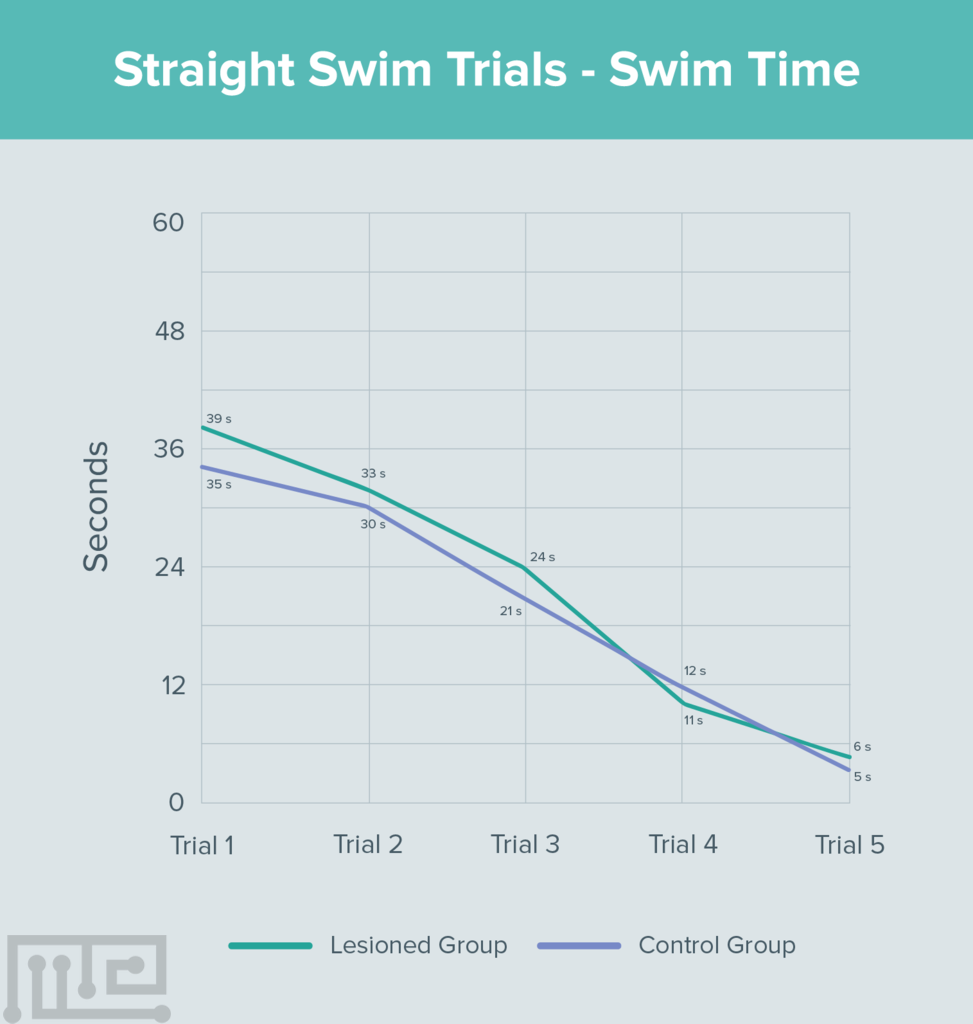
Strengths & Limitations
Strengths
The straight swim channel facilitates the necessity in training rodents for the general MWM procedure. The activity of straight swim pre-training focuses the rodents’ task on finding the platform as their means of escape, and thus considerably eliminates the amount of time spent to swim across the large tub during the necessary pre-training freely.
The shaping procedure can strengthen the validity of Morris water maze trials by minimizing the impact of other variables prior to testing. With the usage of the straight swim channel, performance in MWM trials is a more accurate and sensitive measure of place discrimination than in test procedures carried out with no prior shaping involved.
Limitations
The straight swim pre-training, if not carefully administered prior to testing, might provide crucial spatial cues to the rodent with regard to the location of the escape platform, and may, therefore, have an unwanted extraneous impact on performance.
Summary and Key Points
- The MWM straight swim channel is an important addition to traditional Morris water maze procedures that measure spatial learning and memory
- It facilitates training of rats and mice prior to water maze trials
- The applications of the Morris water maze and its variants include advances in neuropharmacology, brain lesioning, and rodent models of neurocognitive disorders
- The apparatus consists of an alleyway that is to be placed in the tub or tank with an escape platform placed at the end of the channel.
References
Markowska, A. L., Long, J. M., Johnson, C. T., & Olton, D. S. (1993). . Behavioral neuroscience, 107(4), 627.
Morris, R. (1984). Developments of a water-maze procedure for studying spatial learning in the rat. Journal of neuroscience methods, 11(1), 47-60.
D’Hooge, R., & De Deyn, P. P. (2001). Applications of the Morris water maze in the study of learning and memory. Brain research reviews, 36(1), 60-90.
Vorhees, C. V., & Williams, M. T. (2006). Morris water maze: procedures for assessing spatial and related forms of learning and memory. Nature protocols, 1(2), 848.

